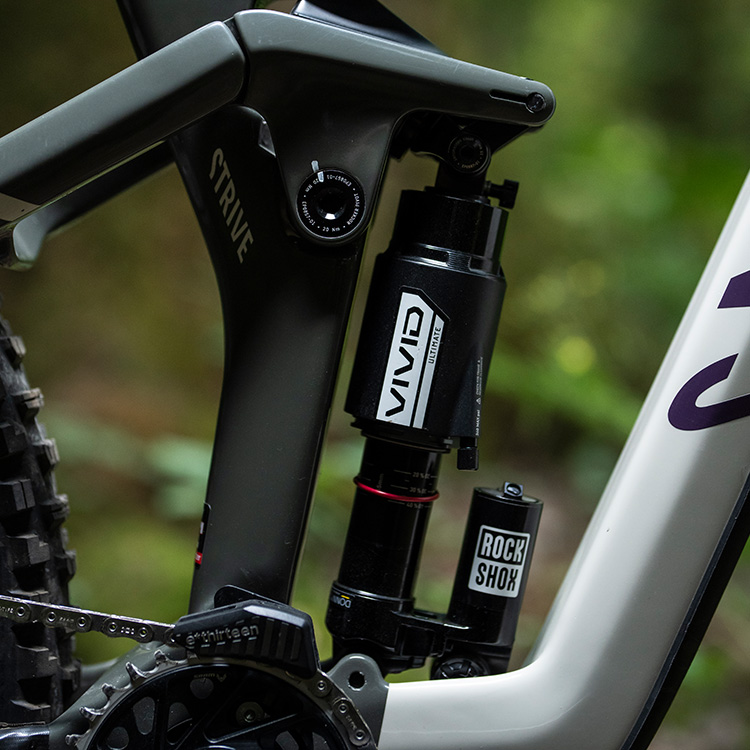That is correct, the check tune (or check valve) is a oneway valve, that has another function to prevent oil flow in compression event to go through LsR channel. (LsR adjuster position does not have an effect on Compression damping, like in many forks it does)
And as it is inline with LsR --> affects slow rebound events
I have no data yet to compare how the rebound tunes cross in actula values, but the R85 is preloaded --> bigger effect on lower speeds, then tapers down on higher speed events.
Here is an example from pinkbike describing the types of damping curves. (don't mind the units)
So after crossing the linear curve, digressive hass less damping.
View attachment 2114569
This usually means that the digressive rebound is "slow" to respond (low speed return, like in your video), but then on deep hits gets quite fast and even lead to losing control.
BUT the characteristics of a shock is always a sum of
spring,
compression and
rebound damping plus the
linkage it is in. (that's one reason for manufacturers having several available tunes)
Now this gets interesting, as your description sounds more like how a linear rebound usually changes the characteristics. (fast but controlled)
It could also be that the R85 is so much higher damping overall, that the crossover with R55 is far or not happening.
Will need to dig into the shimmstacks in more detail once I got time..
And check if I can find linkage curves for
dreadnought v1 to explore this further. (that was your bike, right?)
All in all, the most important is that it now fits you and supports your riding style.

Does "slowness" of topout in your video appear to have any efect while riding? (it can also be the reason for almost open LsR)
26-27% does not yet sound very firm sag on non-DH bike, what does forbidden recommend?
I also recommend to keep testing things, that way we can improve or at least understand more!
(I for one am interested in learning what makes the R85 like this in your bike or if Vivid has something that I have missed, for example with the touchdown damper

)






